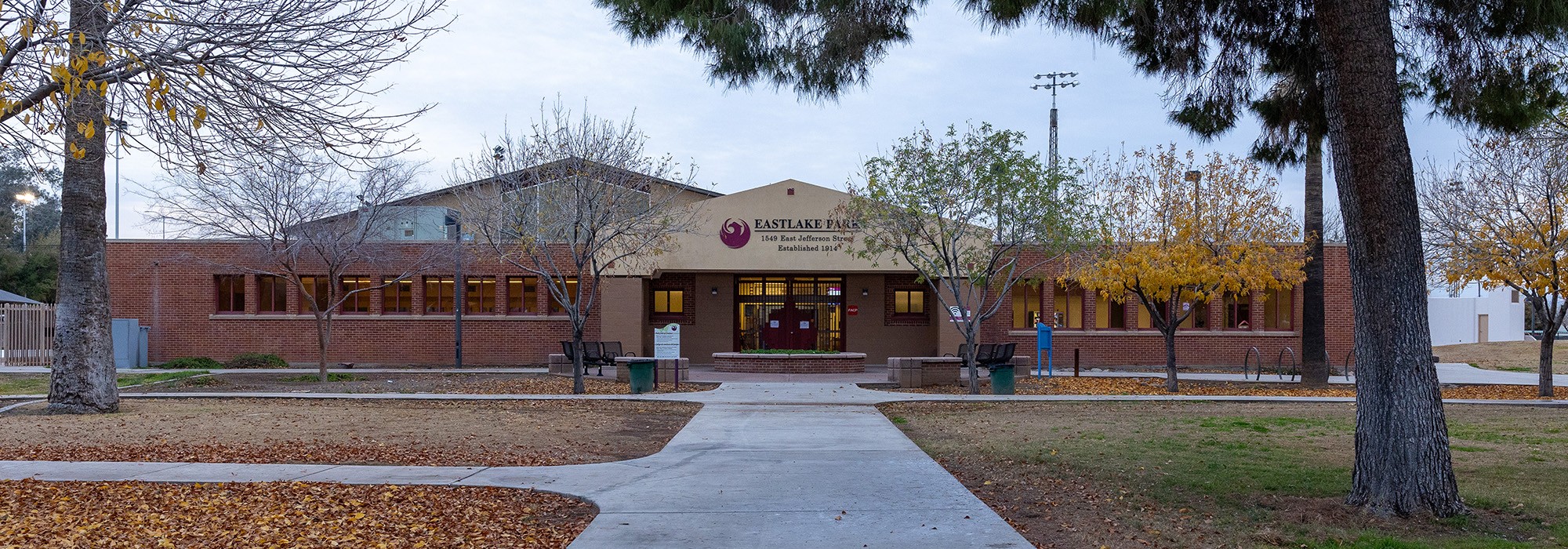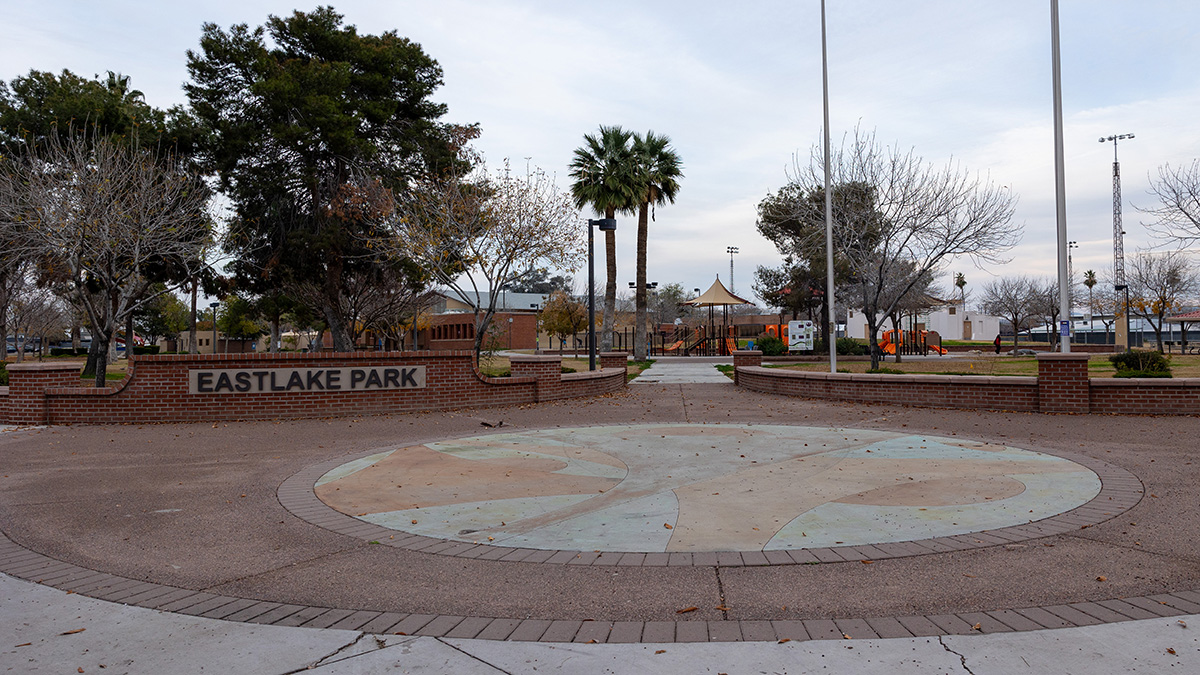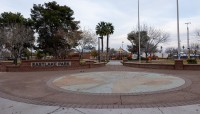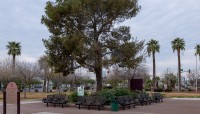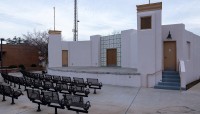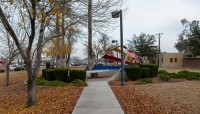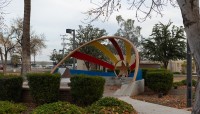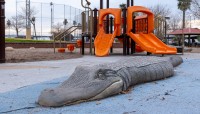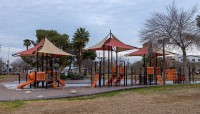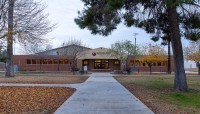Located approximately one-and-a-half miles east of downtown in the Eastlake neighborhood, this nine-acre, relatively level, rectilinear park was established in 1889 by S.E. Patton and is among the city’s oldest parks. Orignally named Patton’s Park, it became known as Phoenix Park in the early 1890s and was developed by Moses Sherman to serve passengers of the Phoenix Street Railway. In 1902 a Picturesque lake, populated by an island and edged by existing trees, was established in the park’s northern portion. Renamed in 1903, the park included a picnic area, an indoor swimming pool, and a baseball stadium.
The Eastlake neighborhood became predominantly African American in the early twentieth century, and the park served as a popular gathering space, hosting an Emancipation Proclamation commemoration in 1909 and a speech by Booker T. Washington in 1911. The city acquired the land in 1914 and filled in the lake. Since 1921 an annual Juneteenth commemoration has been held in the park, which became officially segregated in 1933. In the 1930s a ballfield was established and the Works Progress Administration (WPA) constructed a bathhouse, adjacent to an existing swimming pool. By the mid-twentieth century the park expanded its recreational amenities, and introduced an art-deco bandshell, amphitheater, and recreation hall. During and after the Civil Rights movement the park witnessed peaceful protests, demonstrations, and marches.
Today, the park is framed by perimeter sidewalks and includes informal plantings of pines and deciduous trees. Evenly spaced palm trees, many established in the 1930s, line the park’s north, south, and west edges. The latter is mostly open, providing visual access. A northwest entrance features a modest paved plaza with a linear diagonal path that leads to a playground, edged by a low curvilinear brick wall. A biomorphic-shaped lawn separates the playground from the bandshell and amphitheater. The park includes the memorial, Peace (1997), designed by artists Shannon Owen and Ronald Turner to commemorate the site’s history and the Civil Rights movement.



